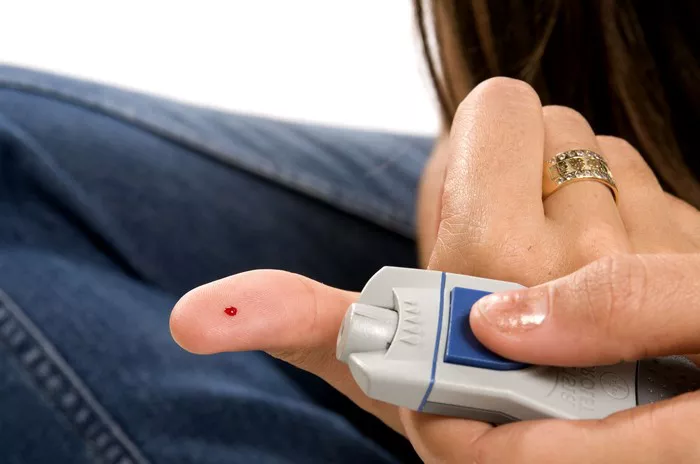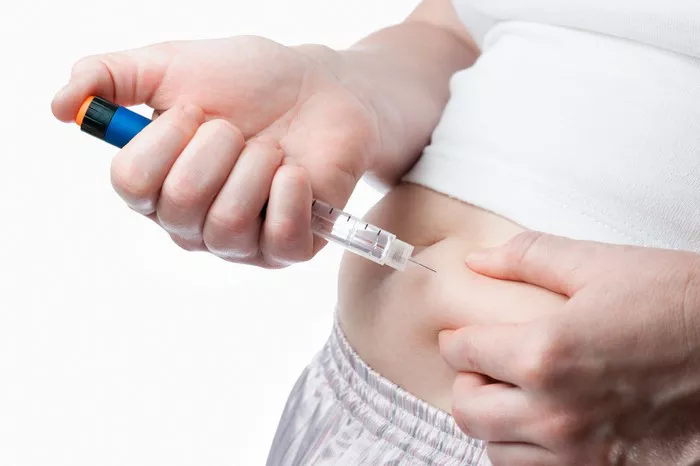Prediabetes is a critical juncture in the progression toward type 2 diabetes. It signifies elevated blood sugar levels, indicating that your body is struggling to maintain optimal glucose control. However, a prediabetes diagnosis doesn’t have to be a one-way ticket to type 2 diabetes. It’s a wake-up call—a chance to take proactive steps to improve your health and prevent or delay the onset of diabetes. In this comprehensive article, we’ll explore what prediabetes means, the risk factors associated with it, and most importantly, what you can do to take control of your health and potentially reverse the course toward diabetes.
Understanding Prediabetes:
Prediabetes is a condition in which blood sugar levels are higher than normal but not high enough to be classified as type 2 diabetes. It’s often considered a warning sign—a window of opportunity to make lifestyle changes and prevent or delay the progression to diabetes. Prediabetes is typically diagnosed through blood tests such as fasting plasma glucose (FPG), oral glucose tolerance test (OGTT), or hemoglobin A1c (HbA1c) levels.
Risk Factors for Prediabetes:
Several factors increase the risk of developing prediabetes, including:
1. Family History: A family history of type 2 diabetes increases your risk of developing prediabetes.
2. Obesity or Excess Weight: Being overweight or obese, especially if you carry excess weight around your abdomen (central obesity), increases the risk of insulin resistance and prediabetes.
3. Physical Inactivity: Lack of regular physical activity can contribute to insulin resistance and increase the risk of prediabetes and type 2 diabetes.
4. Unhealthy Diet: Consuming a diet high in refined carbohydrates, sugary foods, saturated fats, and processed foods can contribute to weight gain, insulin resistance, and prediabetes.
5. Age and Ethnicity: Age and ethnicity also play a role, with prediabetes being more common in individuals over the age of 45 and certain ethnic groups, including African Americans, Hispanics, Native Americans, and Asian Americans, being at higher risk.
What Should I Do If I’m Prediabetic?
Receiving a prediabetes diagnosis can be unsettling, but it’s important to remember that you have the power to change the course of your health. Here are some steps you can take if you’ve been diagnosed with prediabetes:
1. Commit to a Healthy Diet:
- Focus on consuming a balanced diet rich in fruits, vegetables, whole grains, lean proteins, and healthy fats.
- Limit your intake of refined carbohydrates, sugary foods, processed foods, and saturated fats.
- Monitor your portion sizes and aim for smaller, more frequent meals throughout the day to help control blood sugar levels.
2. Engage in Regular Physical Activity:
- Incorporate regular exercise into your routine, aiming for at least 150 minutes of moderate-intensity aerobic activity or 75 minutes of vigorous-intensity aerobic activity per week, along with muscle-strengthening activities on two or more days per week.
- Choose activities you enjoy, whether it’s walking, cycling, swimming, dancing, or gardening, and make physical activity a priority in your daily life.
3. Achieve and Maintain a Healthy Weight:
- If you’re overweight or obese, aim to achieve and maintain a healthy weight through a combination of diet and exercise.
- Even modest weight loss of 5-10% of your body weight can significantly reduce the risk of developing type 2 diabetes.
4. Monitor Your Blood Sugar Levels:
- Keep track of your blood sugar levels regularly, as recommended by your healthcare provider.
- Understanding your blood sugar patterns can help you make informed decisions about diet, exercise, and other lifestyle factors.
5. Seek Support and Education:
- Consider joining a diabetes prevention program or working with a registered dietitian, diabetes educator, or healthcare provider who can provide guidance, support, and education on managing prediabetes.
- Surround yourself with a supportive network of family, friends, and peers who can encourage and motivate you on your journey to better health.
6. Quit Smoking and Limit Alcohol Intake:
- If you smoke, quit smoking, as smoking increases the risk of cardiovascular disease and other complications associated with prediabetes and diabetes.
- Limit alcohol intake, as excessive alcohol consumption can contribute to weight gain, increase blood sugar levels, and impair insulin sensitivity.
Conclusion:
Receiving a prediabetes diagnosis can be a pivotal moment in your health journey. Instead of viewing it as a setback, consider it an opportunity to take control of your health and make positive changes that can improve your quality of life and prevent or delay the onset of type 2 diabetes. By adopting a healthy diet, engaging in regular physical activity, achieving and maintaining a healthy weight, monitoring your blood sugar levels, seeking support and education, and making other lifestyle modifications, you can empower yourself to effectively manage prediabetes and reduce your risk of developing type 2 diabetes and its associated complications. Remember, small changes can lead to significant improvements in your health over time. With dedication, perseverance, and support, you can take charge of your health and thrive despite a prediabetes diagnosis.



























